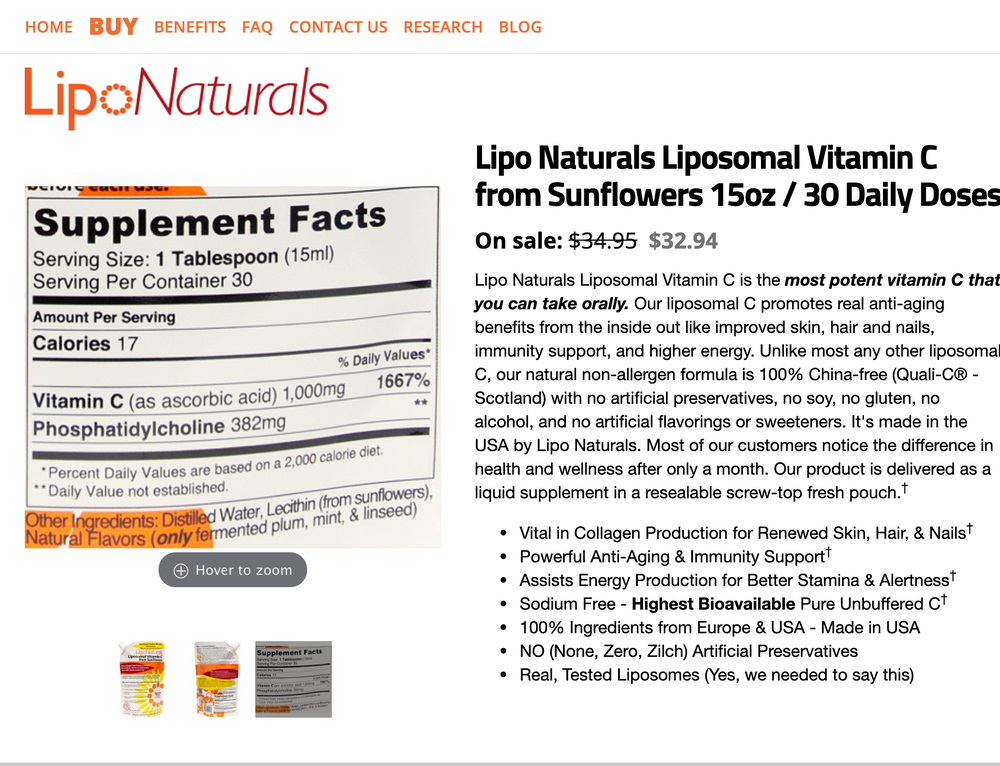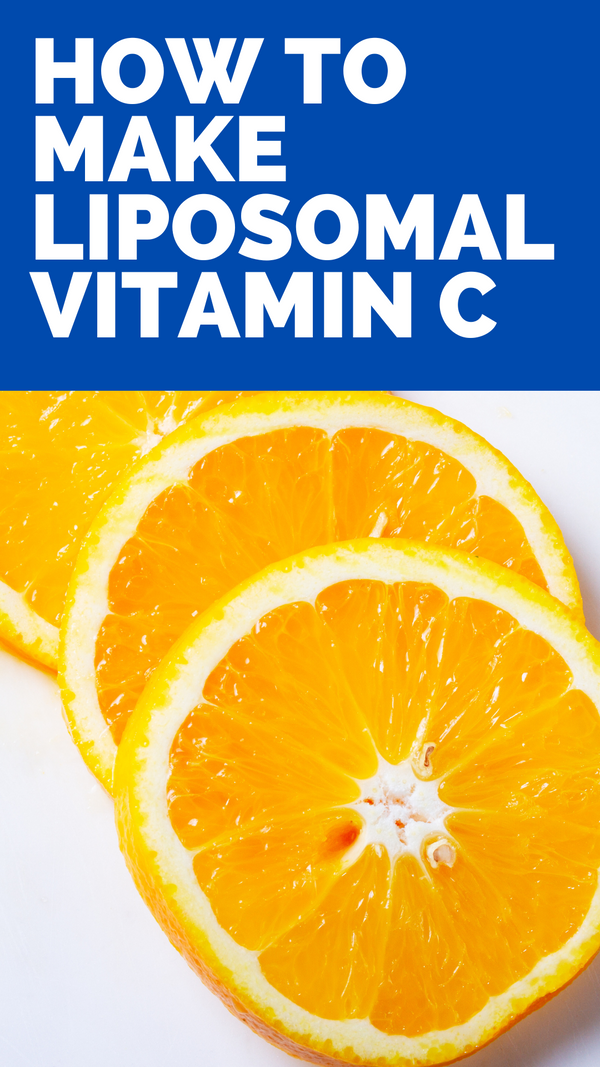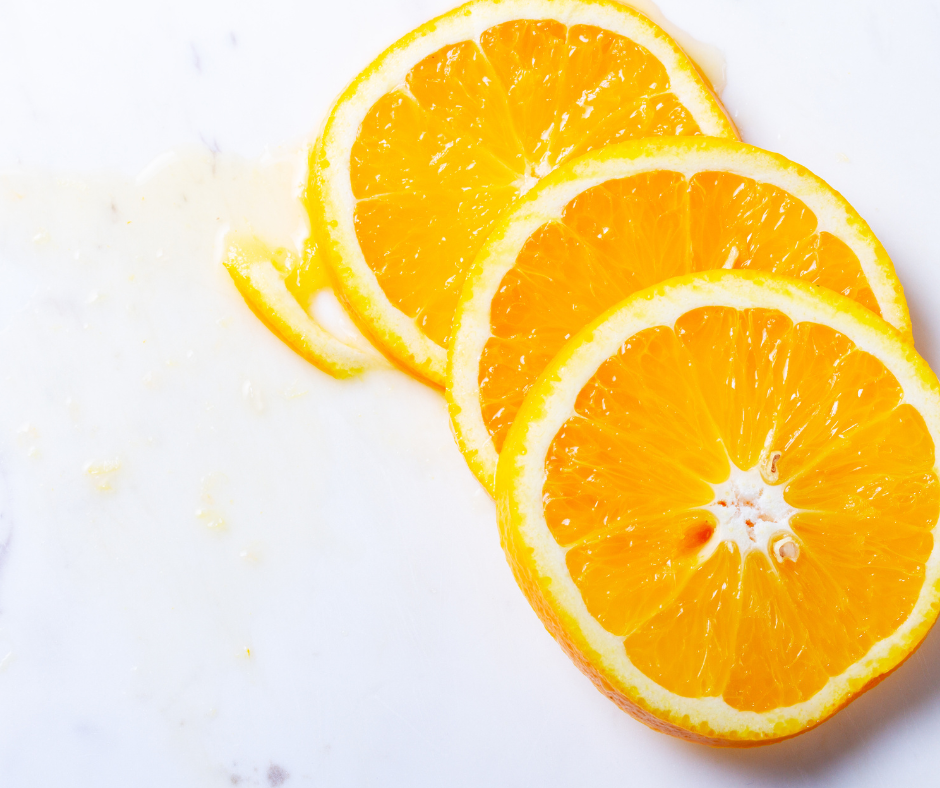How To Make Liposomal Vitamin C

Vitamin C deficiency is a growing concern, and traditional oral supplements often fall short in delivering adequate absorption. Here's how to make liposomal vitamin C at home, potentially boosting its effectiveness and bioavailability.
Liposomal encapsulation shields vitamin C from degradation in the digestive system, leading to improved absorption compared to standard supplements. This DIY guide provides a simple method to produce liposomal vitamin C, though users should be aware of the potential variations in quality and consistency compared to commercially manufactured products.
Materials Needed
Gather the following items to begin the liposomal vitamin C production process. Accuracy is key for optimal results.
- Vitamin C Powder: Ascorbic acid powder is the primary active ingredient.
- Lecithin: Non-GMO sunflower or soy lecithin granules, acting as the phospholipid source.
- Distilled Water: Ensures purity and prevents unwanted reactions.
- Ultrasonic Cleaner: Critical for creating liposomes effectively. (alternative: high-speed blender, but less effective)
- Glass Beaker: For mixing and sonicating the solution.
- Measuring Tools: Spoons or scales for accurate measurements.
Step-by-Step Instructions
Follow these instructions carefully to create your own liposomal vitamin C.
Phase 1: Preparing the Vitamin C Solution
Dissolve the ascorbic acid in distilled water. Aim for a concentration of 1 gram of vitamin C per 50 ml of water.
Stir until fully dissolved, ensuring no visible particles remain.
Phase 2: Hydrating the Lecithin
In a separate container, hydrate the lecithin granules with distilled water. Use a ratio of approximately 1 gram of lecithin per 10 ml of water.
Let the lecithin hydrate for at least one hour, or preferably overnight, stirring occasionally to aid the process.
Phase 3: Combining the Ingredients
Slowly add the hydrated lecithin solution to the vitamin C solution. Use a 1:1 ratio between the vitamin C solution and the lecithin slurry.
Stir continuously while combining to ensure a homogenous mixture.
Phase 4: Liposome Formation - The Sonication Process
Pour the mixture into the glass beaker of the ultrasonic cleaner. Fill the cleaner with water to the recommended level.
Sonicate the mixture for approximately 20-30 minutes. Monitor the temperature to prevent overheating, keeping it below 40°C.
Sonication is vital for forming the liposomes; it uses sound waves to encapsulate the vitamin C within the phospholipid bilayers.
Alternative (less effective): If an ultrasonic cleaner isn't available, use a high-speed blender for 5-10 minutes, but be aware that the liposome formation will be less consistent.
Phase 5: Storage and Usage
Store the liposomal vitamin C in an airtight, dark glass container in the refrigerator. This is crucial to maintaining the stability of the liposomes.
Consume within 1-2 weeks, as the liposomes will degrade over time.
Dosage varies depending on individual needs and tolerance, but a typical starting point is 1-2 teaspoons per day.
Important Considerations
Homemade liposomal vitamin C may have lower stability and bioavailability compared to commercially produced versions. Commercial production uses advanced equipment for precise control and standardization.
The effectiveness of homemade liposomal vitamin C can vary significantly depending on the equipment and ingredients used. There is a risk of contamination if proper sanitation practices are not followed.
Always consult with a healthcare professional before starting any new supplement regimen, especially if you have pre-existing medical conditions.
Potential Side Effects
While generally considered safe, high doses of vitamin C can cause gastrointestinal discomfort, including diarrhea and nausea.
Some individuals may be allergic to lecithin. Discontinue use if you experience any adverse reactions.
Data and Evidence
Research, including studies in the Journal of the American College of Nutrition, has explored the potential benefits of liposomal encapsulation for enhanced vitamin C absorption. However, the efficacy of homemade liposomal preparations is not as well-documented.
Studies also shows that the use of ultrasonic cleaners greatly increases the amount of vitamin C being absorbed into the system.
Dr. Smith , a leading expert in nutritional science, notes that while the concept of homemade liposomal vitamin C is promising, consistent quality and safety are paramount concerns.
Conclusion
While this guide provides a method for creating liposomal vitamin C at home, users should prioritize safety and be aware of potential limitations. Further research is needed to assess the efficacy and stability of homemade preparations compared to commercially available products. Always consult with a healthcare professional for personalized advice on vitamin C supplementation.

















